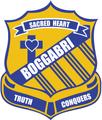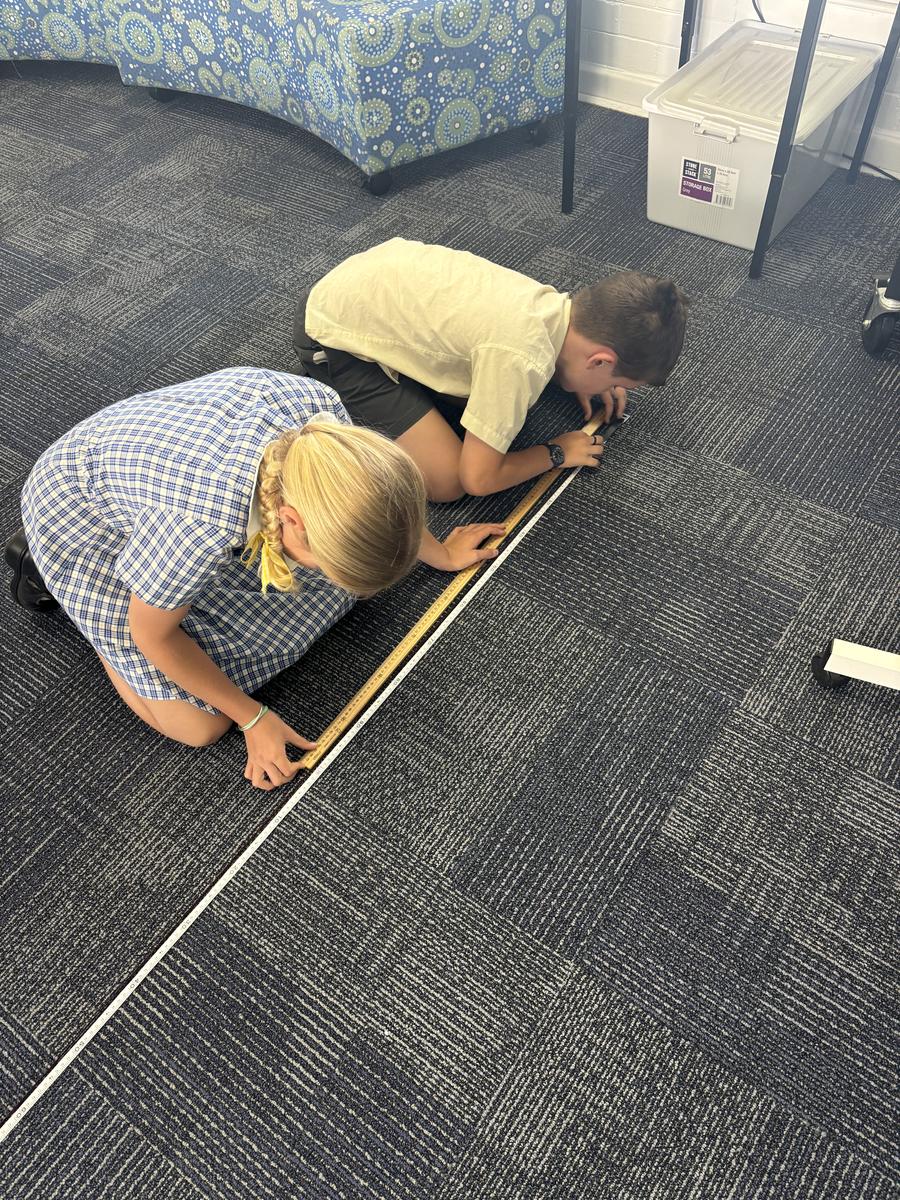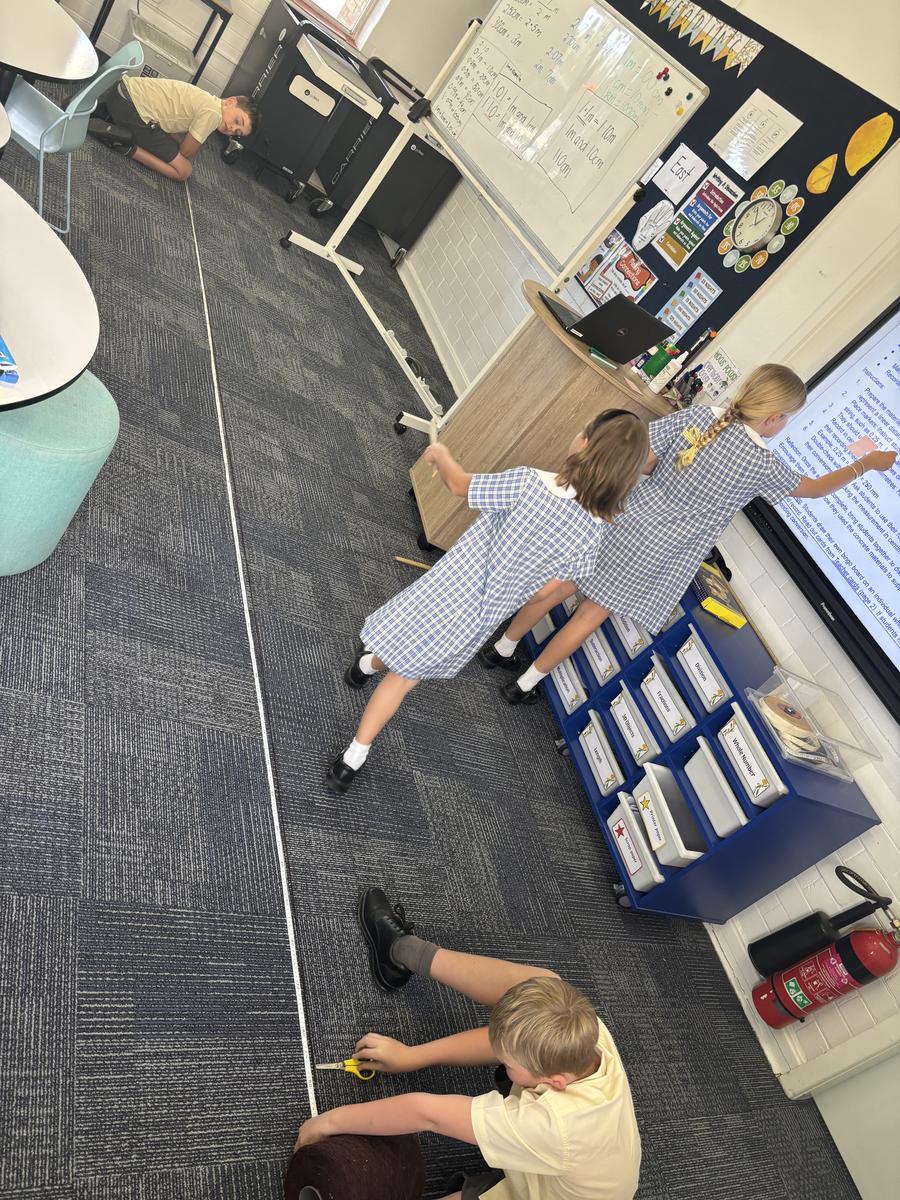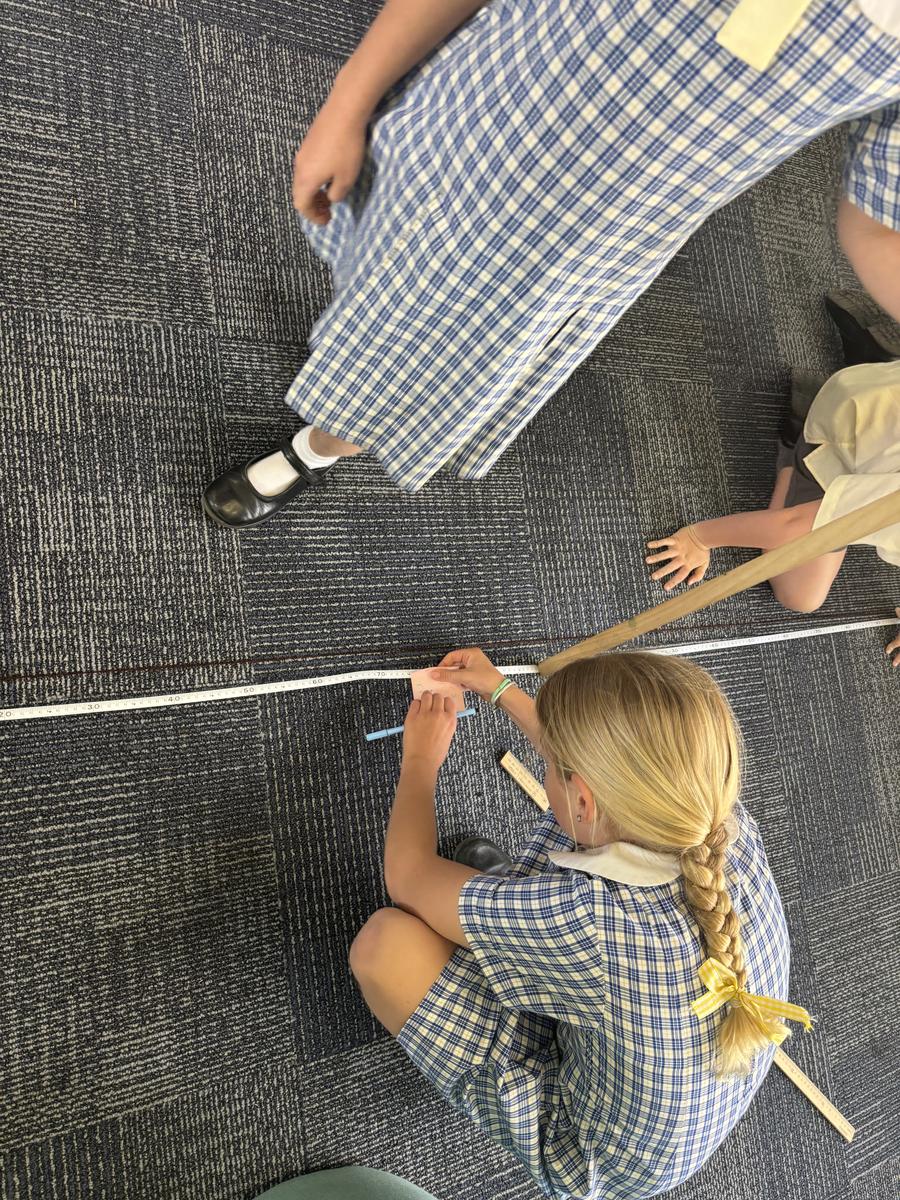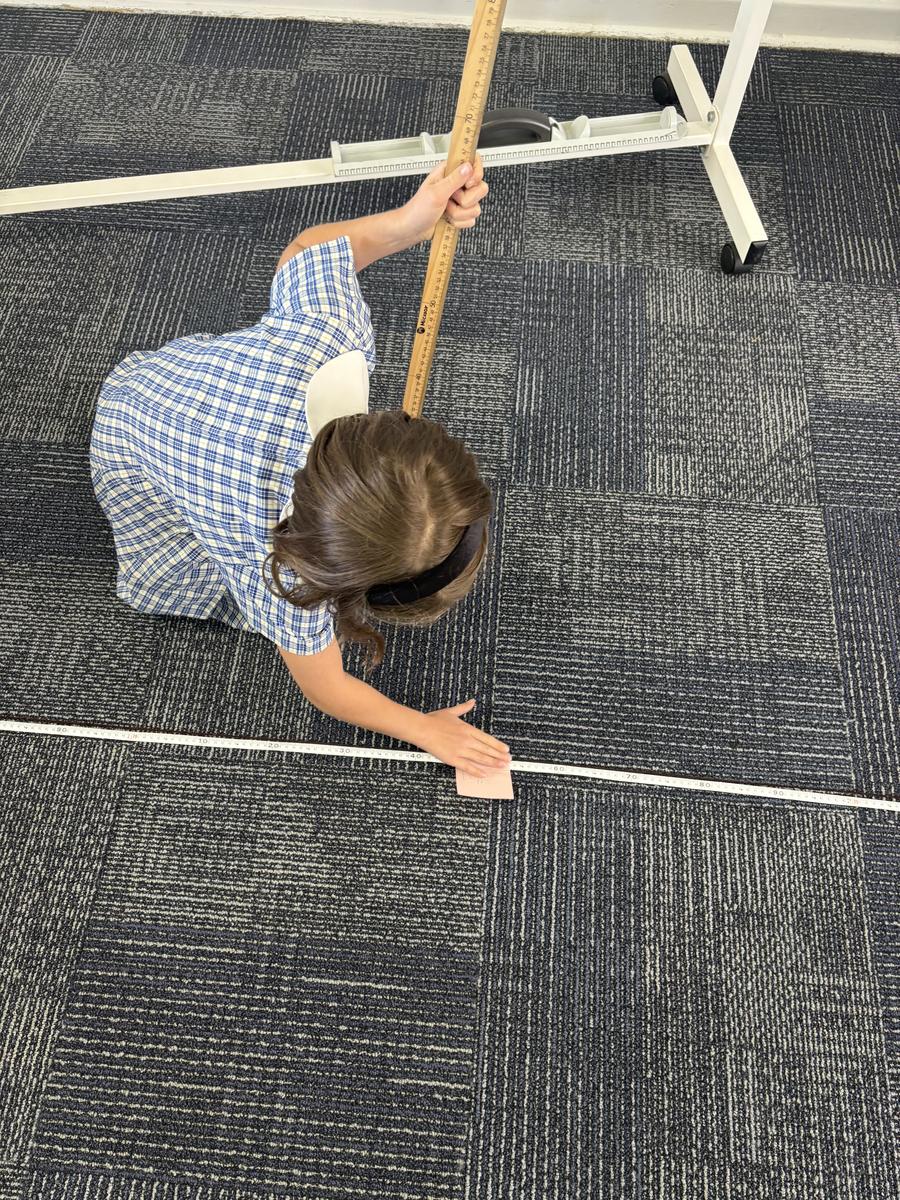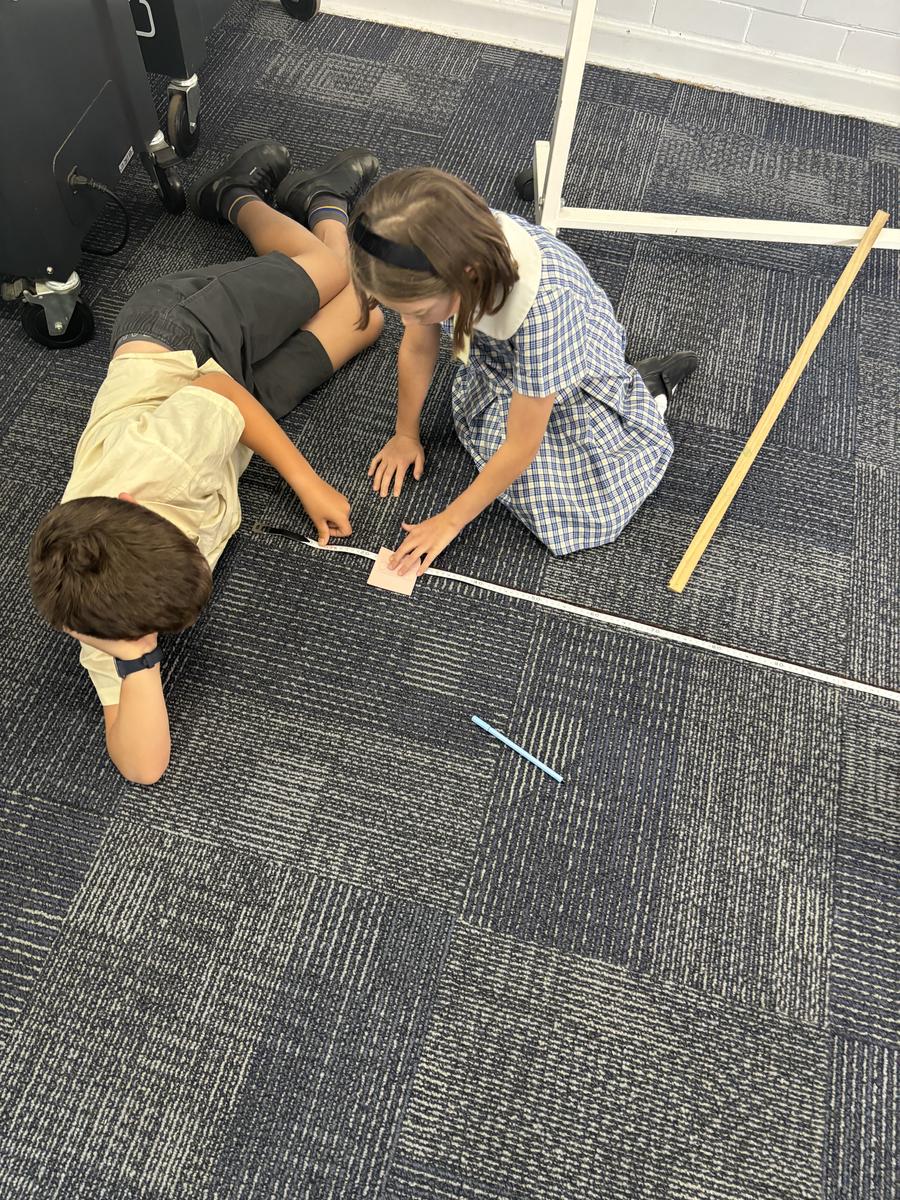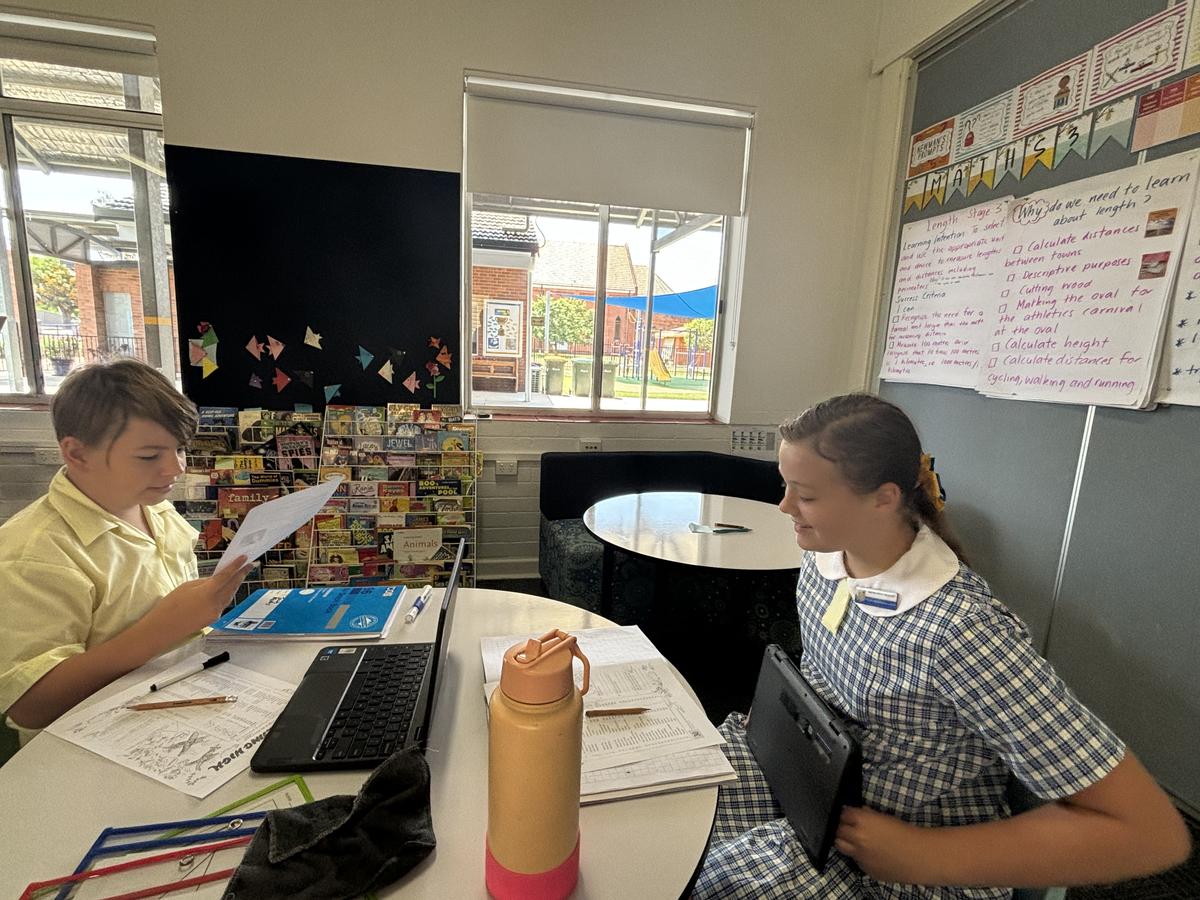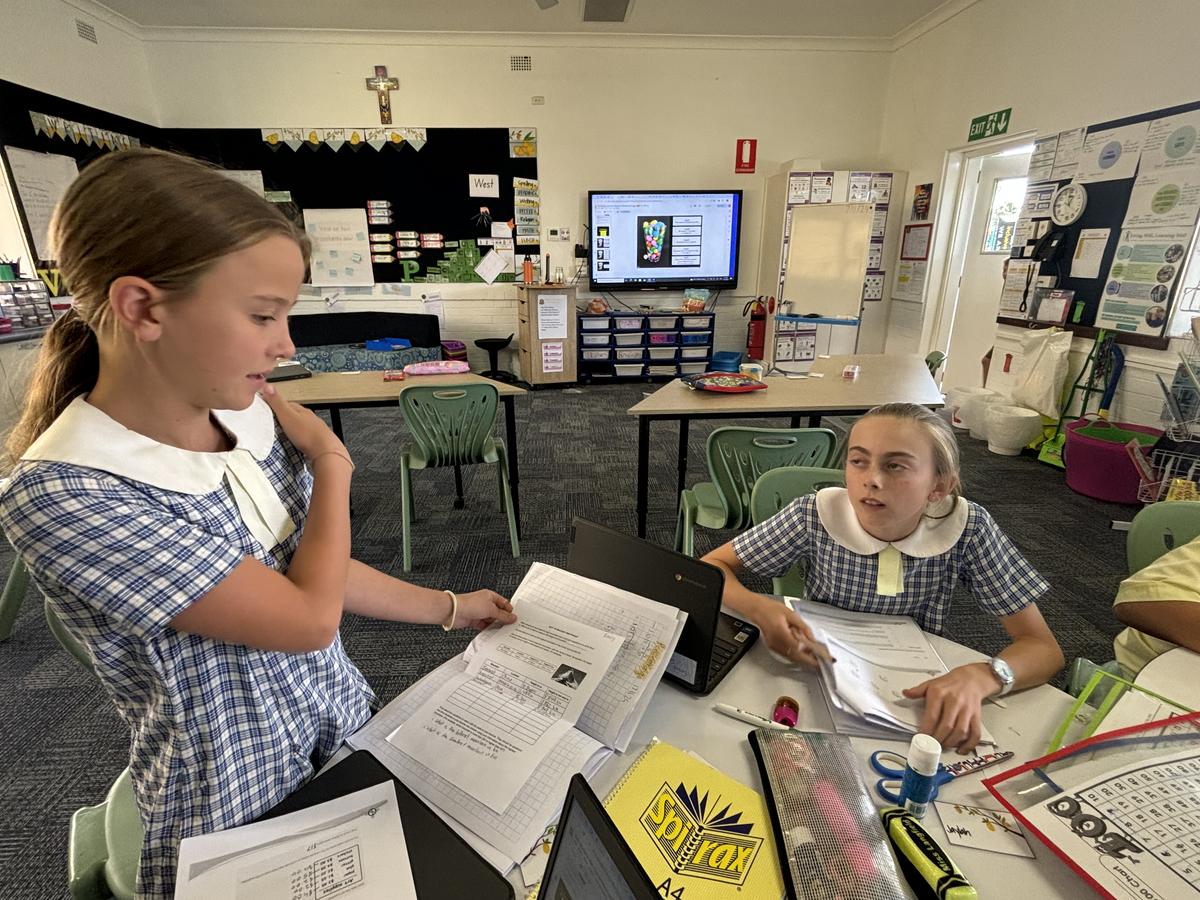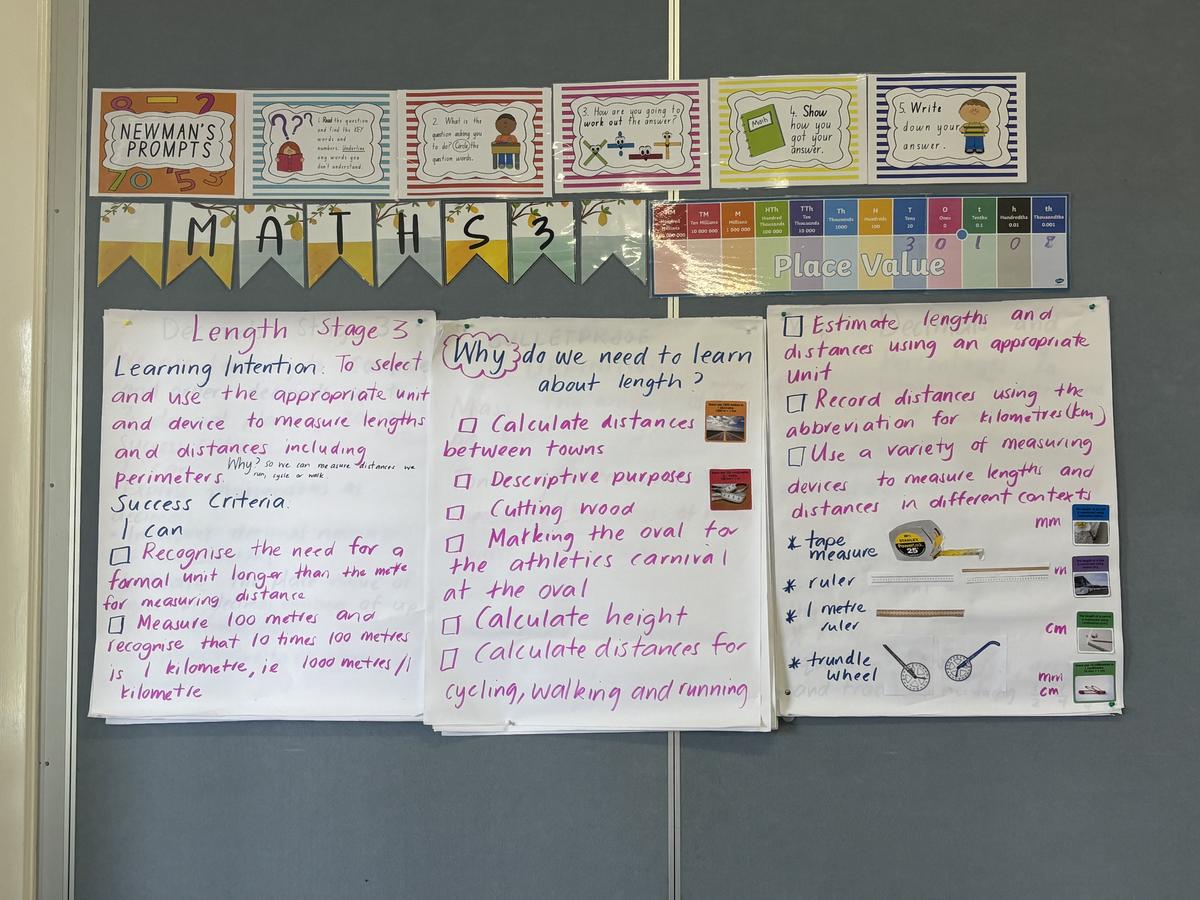Spotlight on the Classroom
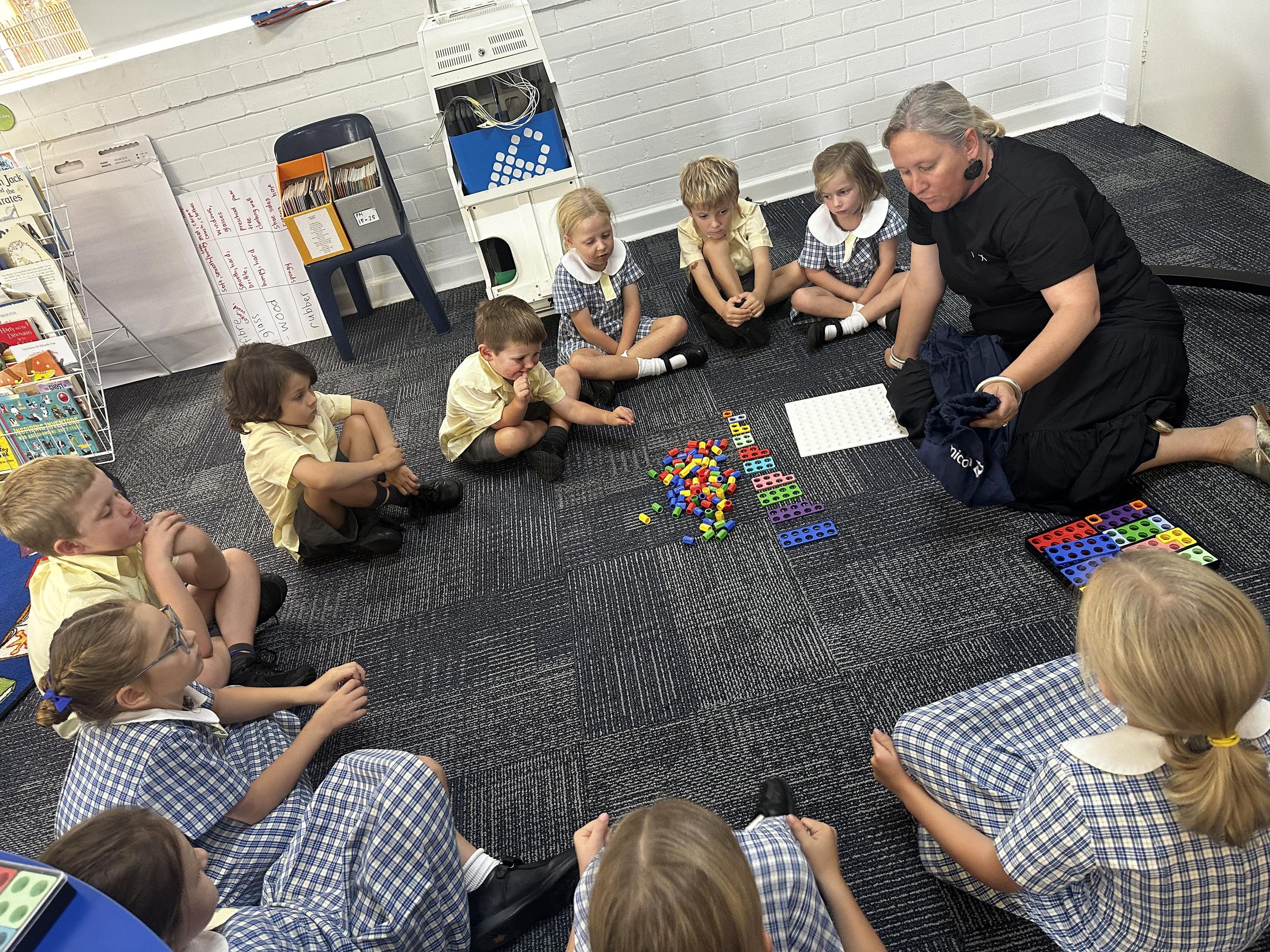
SPOTLIGHT ON 3-6
Stage 2 - Length
Why is it important?
Give it a reason:
Length is usually one of the first measurement concepts students encounter. An understanding of length is crucial, as it is the foundation for building concepts of area and volume.
Did you know? That the centimetre is not an original measurement but was added because the millimetre is too small and the metre too large!
Did you also know that all measurements are estimates as you can always measure with greater precision, it just depends on your measuring device.
Tips for Parents:
Measure Objects Together: Encourage your child to measure objects at home, starting with larger items in metres and centimetres, then moving to smaller ones in millimetres. This helps them practice using different units.
Estimate and Check: Ask your child to estimate the length of objects before measuring them. This builds their estimation skills and reinforces the use of benchmarks.
Emphasise Precision: Discuss why precise measurements matter, especially for small objects. Practice measuring small items in millimetres and recording them accurately using the correct abbreviations.
Measure Everyday Objects: Involve your child in measuring tasks at home, like checking the length of a table or a room. Encourage them to choose the right tool (ruler, tape measure) and unit (metres, centimetres) and record the measurements.
Estimate Before Measuring: Before measuring, ask your child to estimate the length or perimeter of an object. Then, measure together and compare the estimate with the actual measurement. Convert units (e.g., cm to mm) and use decimal notation.
Explore Perimeter: Measure the perimeter of objects like a garden bed or a piece of furniture. Discuss how to add up the sides and ensure they use the correct units and decimal places when recording.
Stage 3 -Length
Why is it important?
Give it a reason:
Understanding length (and related concepts like measurement) is a fundamental skill that students will continue to build on at higher levels of mathematics. In later years, they’ll need to work with more advanced topics such as area and volume, all of which rely on a solid understanding of length and how to measure it.
Length is a concept used daily in everyday life. Whether it's measuring the dimensions of a room or understanding distances when travelling, knowing how to measure and compare length is essential for practical problem-solving. By learning this in school, children gain the skills to navigate these real-life situations confidently.
TIPS FOR PARENTS: Years 5 and 6
Real-life examples: Walk or drive to show distances in metres and kilometres, discussing common benchmarks (e.g., 1 kilometre = 1000 metres).
Measuring activities: Use a tape measure to find the perimeter of rooms or objects at home, making it fun and practical.
Visualisation tools: Use maps, rules, and string to visually compare lengths and distances, enhancing understanding through hands-on learning.
Decimal practice: Relate decimals to the metric system by showing how 1.5 metres equals 150 centimetres, reinforcing decimal places with metric conversions.
Problem-solving with context: Use real-life scenarios, like comparing the height of family members or distances between places, to solve problems and decide which units (mm, cm, m, km) are most appropriate.
